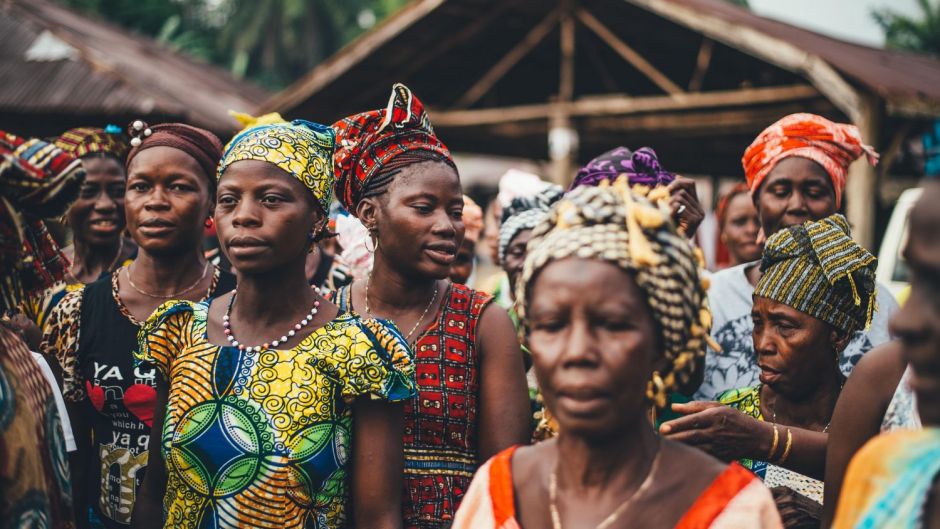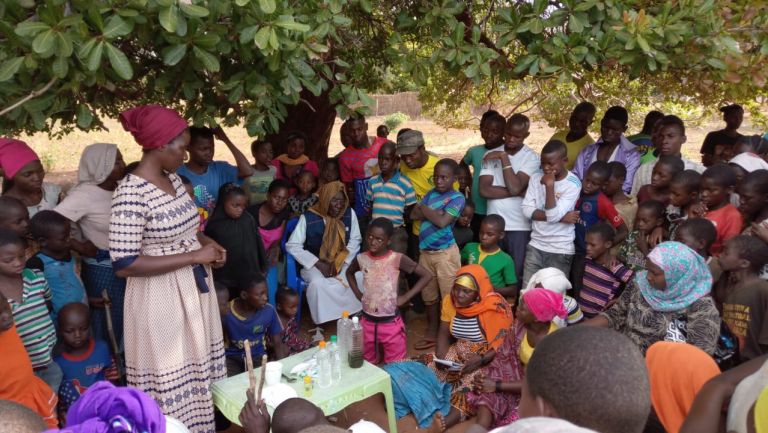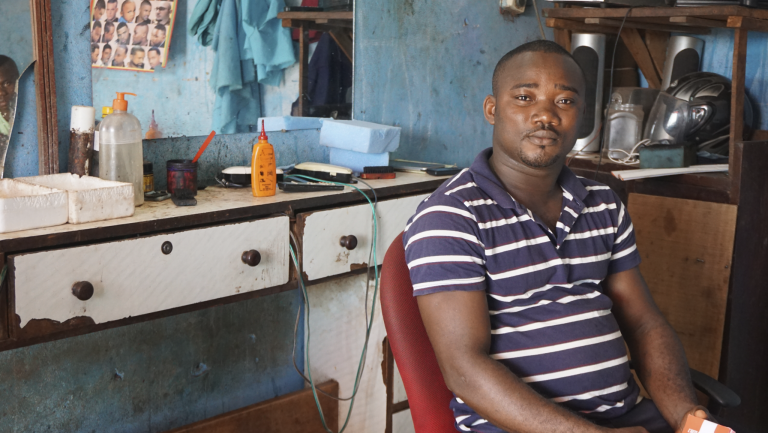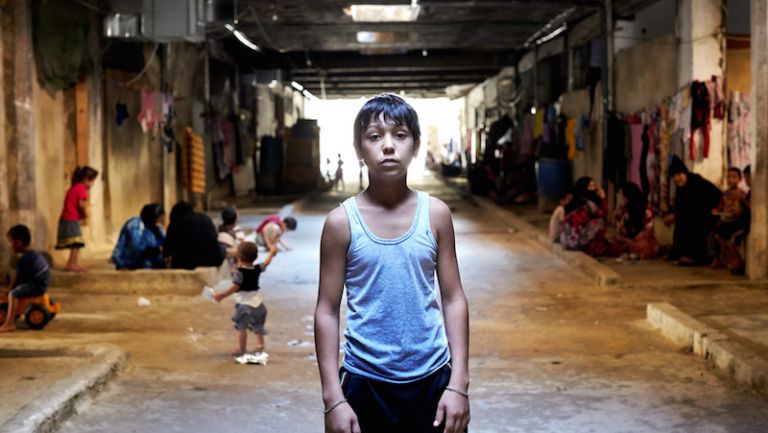Sign up for our monthly newsletter
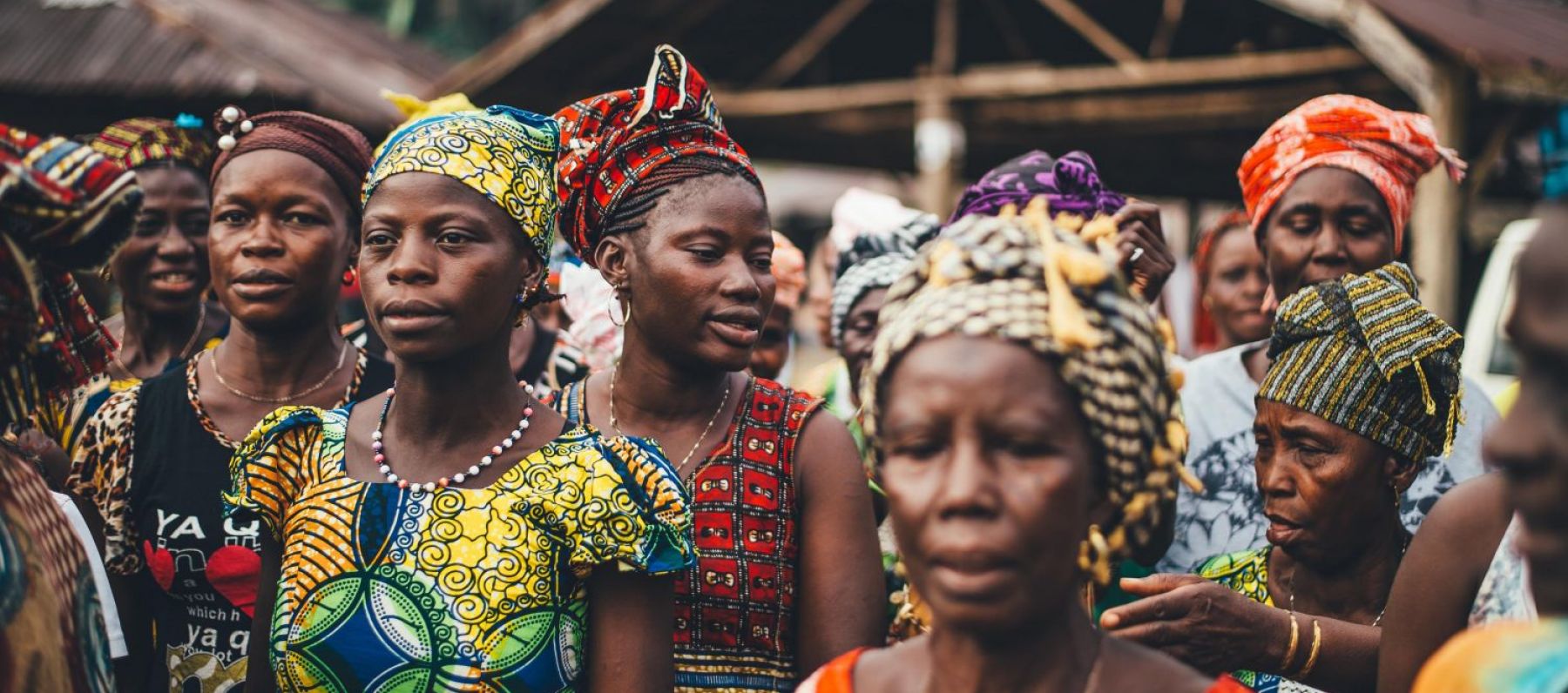
A pioneering partnership for advancing Sexual Reproductive Health Rights for women and girls
Around the world, as we celebrate her achievements, recognize her aspirations and work towards breaking stigmas on many levels for International Women's Day 2022, at ThinkPlace we wanted to share how we are having impact at the grass root levels of some of the world’s most marginalized groups through the ASPIRE Programme where women and girls’ Sexual Reproductive Health Rights (SRHR) are often affected by climate change and humanitarian crises grappling the world.
Strengthening resilience is a key priority to allow vulnerable groups to adapt and lead healthy and fulfilling lives, of which access to quality sexual and reproductive health (SRH) services is a key component.
The ASPIRE Programme represents a pioneering partnership towards advancing Sexual Reproductive Health Rights (SRHR) through the promotion of Innovation & Resilience, funded by the Foreign Commonwealth and Development office under the UK Aid Connect fund and implemented by consortium partners: MSI Reproductive Choices (formerly Marie Stopes International), Blue Ventures, CARE International, Itad and ThinkPlace.
The consortium partners designed innovative solutions to improve access to quality SRHR and build greater resilience behaviours among vulnerable groups, focusing on girls and women refugees in Uganda and climate change impacted communities in Madagascar and Niger.
The maintenance of essential health services is incredibly difficult when a sudden shock or disruption places new demands on health systems. We have seen this situation realized in the COVID-19 pandemic and, to be sure, Sub-Saharan Africa’s already resource-constrained health systems have had to grapple with this many times due to infectious disease outbreaks.
SRH services are among these essential health services, and when they are put in competition for resources, it is women who ultimately suffer the consequences. Evidence clearly shows that women and girls are significantly more vulnerable during times of crisis and emergency response. The rates of gender-based violence increase tremendously during humanitarian crises, and the rates of unwanted pregnancy and demand for post-abortion care also increase. This underscores a broader, sobering fact: that unsafe abortion is among the five leading causes of maternal mortality in the world -- and it is the only one which is entirely preventable.
When it comes to Global Development and Humanitarian spaces, there are many hurdles to translate intention into meaningful action. Recently, humanitarian actors have begun engaging with the concept of “anticipatory action,” wherein investments are made to better prepare communities for shocks by strengthening local capacities to anticipate those shocks. This may seem like an obviously worthwhile investment, but it in fact represents an entirely new way of working for this sector.
Currently, at least half of all humanitarian crises are foreseeable (with more than 20 percent being “highly predictable”) and yet less than one percent of UN-led funding goes to anticipatory action (most goes to response).
When it comes to SRH risk, the ASPIRE programme has been exploring the most effective integration between FP/SRHR and climate change resilience interventions. Going more deeply into this integration means we have been able to surface several key learnings about how we might better support women and girls to anticipate threats to their SRH long before they occur.
This represents not only a shift from curative health behaviours to preventative health behaviours, but also implies a broader social norm change agenda about how communities can better protect women and girls against highly preventative health risks.
At the closeout of the ASPIRE Programme, we produced a series of three “Knowledge Exchange Booklets” that share a range of best practices, lessons learned and more. Knowledge is not produced only through successes, but also through failures, oversights and gaps. In this three-part series, we provide a candid look at the lived experience of the partners in this programme and while this is informed by other areas of expertise, it is not intended to serve as rigorously validated evidence.
A total of three Knowledge Exchanges were held during the ASPIRE programme, covering a diverse range of topics. They were:
-
How might we support women and girls to better anticipate SRH risks and threats before they occur?
-
What narratives have we been able to capture around resilience?
-
What are the determinants of effective collaboration at implementation level?
Each of these Knowledge Exchanges are presented in the form ‘10 things we learned about...’ booklets
In first of this three-part series, we present:
10 things we learned about enhancing women and girls’ anticipation to sexual reproductive health risks.
1. Shifting norms around masculinity
Gender-transformative work tends to be far more intensive upfront, in terms of establishing a deep understanding of the social norms and behaviours which perpetuate certain gender imbalances. In the ASPIRE program, partners embraced this by jointly planning a progressive process of learning.
2. Emergency Response Programmes have unintended consequences
When basic needs are not being met (e.g., in an emergency response or acute crisis context), a gender transformation agenda might be particularly at risk of being overlooked, hampered or altogether reversed. Violence against women and girls, for example, tends to increase during times of crisis, and this has been found as a kind of ‘tool’ that communities use to reinforce what respectable female behaviour is expected to look like. These norms become weaponized, in a sense, and prevent any chance of women and girls having agency in their own reproductive health journeys.
3. The mental health complications often get overlooked
For a woman or girl who is facing mental health issues because of or related to her own SRH, there are perhaps additional considerations above and beyond the cultural appropriateness of support services. These may include addressing provider bias, allowing for discreet access to emergency funds, and more.
4. Strengthening referral networks and support networks is key, especially for women on the move
Interventions that strengthen referral networks can help enhance women and girls’ capacity to anticipate SRH risks because they can access what they need when they need it. Interventions such as hotlines and ‘roving’ community health workers are great examples of this. When SRH service providers are linked to specialists who can address related health issues, such as gender-based violence and STIs, it means women and girls receive integrated and comprehensive care and are less likely to face complications.
5. Tackling social norms, stigma and discrimination surrounding adolescent SRH
The previous four learnings have touched on social norm change as being key to achieving gender equity and supporting women’s SRH journeys. Tackling social norms is a long-term effort and requires an integrated approach that considers how one intervention affects other dynamics and behaviours within a social group. Rarely, if ever, is social and behaviour change (SBC) programming approached with anticipatory action in mind.
6. Redesigning the role of health workers as ‘roving’ or ‘mobile’ support mechanisms
One challenge with mobile outreach is the continuity of care that once the mobile team leaves the community. MS Reproductive Choices has a network of over 700 MSI Ladies around the world who are qualified to provide a range of products and services. Innovatively, this kind of network is both a supply-side intervention and a demand-side intervention. The MSI Ladies are not only stimulating demand by roving around the community, but they are also qualified to act as midwives, distribute contraceptive products, and more. Still, further attention is needed in order to ensure that CHWs of all kinds are fully equipped, trained and supported to address the supply and demand challenges that communities face, especially when they are facing humanitarian challenges.
7. More work is needed to help communities make SRH a priority long before they are forced to reprioritize
Pro-natalist social norms are pervasive in the context of the ASPIRE programme. Indeed, they can serve an important community-strengthening role in times of stress and crisis. Conflict, loss of family and relocation can further reinforce these norms. For that reason, further work is needed to bring nuance to this narrative and help communities see the value in ensuring women’s agency over their own SRH decisions and journeys. In times of instability, programming can support interventions that shape social systems and social norms that limit access to SRH products and services.
8. Investing in keeping girls in school is an investment in girls’ SRH
While we did not address formal education directly in ASPIRE, our mandate and our chosen intervention areas certainly underscored the importance of empowering women and girls to have agency over their own reproductive health journeys. Moreover, partners worked hard to integrate their messages and approaches, so that SRH was never a ‘standalone’ concept but instead was embedded in people’s lived experience and was understood only through its relevance to other important topics such as livelihood, conservation and resilience.
9. Nomadic men who leave home place women and girls at greater risk
Studies have stated time and time again, “women do not stop getting pregnant when they are on the move.” Work by Beek, Dawson and Whelan shows that “A lack of access to sexual and reproductive health (SRH) care is the leading cause of morbidity and mortality among displaced women and girls of reproductive age.” It’s because of this reason that so many of the previous learnings shared are vital, such as mobile outreach services (see Learning 6), male engagement to prioritise women’s health at the household level (see Learning 1), and more.
10. Steady supply of products and services are a fundamental part of reducing SRH risks
Many of the contexts touched by the ASPIRE programme can be characterized by health systems whose supply chains, particularly during times of instability, are weak and/or unreliable. Stock-outs are common, and this is something that SRH service provides are trying to manage daily. ASPIRE sought to address this by working to strengthen the least recognized components of the supply chain - for example, helping unregistered drug shops legally distribute commercial products that would provide women and girls with choice and control over their own reproductive health needs.

Our intention is simply that by sharing our learnings in a highly consumable way, they will serve to benefit the wider community of practice extending across SRHR, global health and service delivery in climate change-affected and fragile settings. Presenting the learnings in a booklet format also promotes the idea that these learnings are worth sharing, with a certain degree of candour, and can quickly and easily inform future work in these spaces.
As practitioners, it was not enough for us to share our own experiences and the learnings. These learnings have pointed to a set of new questions and provocations about where the future of this work is heading.
To be continued in Part 2 and Part 3 with other learnings...
Title Image Credit: Unsplash, Annie Spratt
